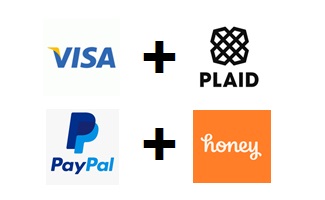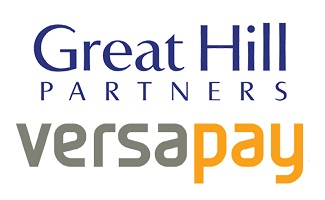eResearch | Klarna, a new online banking and payment service start-up from Sweden, recently announced US$460 million in funding, valuing the company at US$5.5 billion. The Company is disrupting the payment and credit card industry by analyzing a consumer’s credit worthiness within a few minutes through their software, allowing consumers to receive products instantly through a single click on their platform, and managing payment collection for merchants.
Klarna provides three main payment services: Pay Later, Slice it, and Pay in 3.
- Pay Later – allows users to receive a product without making a payment and allows the user to make payments between 14 to 30 days after the product has been shipped. The service has no interest or fees.
- Slice It – allows users to spread the cost of a purchase over a long time period through equal monthly payments. The service charges a maximum Annual Interest rate of 18.9%, subject to the merchant’s agreement with the platform.
- Pay in 3 – allows users to spread the cost of a purchase over 3 equal payments; the first payment is made at the point-of-sale, the second payment is scheduled for 30 days after, and the third payment is scheduled for 60 days later. The service has no interest or fees.
 The Company generates revenue three ways: (1) fees from merchant, in which there is a set-up fee, a monthly fee, and a fee per transaction; (2) fees from users, which includes late fees; and (3) interest charged to users on installment or late payments. If the payment is several months delinquent, Klarna forwards the liability to a collections agency.
The Company generates revenue three ways: (1) fees from merchant, in which there is a set-up fee, a monthly fee, and a fee per transaction; (2) fees from users, which includes late fees; and (3) interest charged to users on installment or late payments. If the payment is several months delinquent, Klarna forwards the liability to a collections agency.
Klarna was founded in 2005, initially targeting the European market through deals with global retailers such as Ikea, Adidas, and Zara. The Company has now partnered up with over 130,000 merchants globally, serving 60 million customers with 2,500 employees.
Merchants are constantly incentivized to join Klarna as it boasts that the platform has helped businesses increase their average order value by 68% and conversion rate by 44%.
2018 Key Financial Highlights
- Increased revenue by 31% to US$564 million compared with US$429 million, year-over-year.
- Net income dropped to US$10.8 million compared with US$35.7 million year-over-year, mainly due to an increase in general administrative expenses and net credit losses.
- Balance sheet holds approximately US$2 billion in loans to the public which accounts for 71% of total assets.
- Credit losses increased to US$81.3 million in 2018 compared with US$51.8 million, year-over-year.
- 14,498 new merchants
- 26 million new consumers
Klarna has recently started to expand its operations to the U.S. as it partnered with over 3,000 U.S. merchants while working with WebBank, a U.S. lender, to facilitate loans. In January 2019, the Company announced that it had received support from famous U.S. rapper Snoop Dogg as an investor and marketing “face” of the company
As Klarna enters the U.S. market, it will be competing with rivals such as PayPal and Apple, who just launched their new credit card. In addition, North American culture and payment practices are very different compared with Europe, where consumers regularly avoid credit, and opt to make payments with cash and debit.
Klarna is disrupting the credit card and payment services industry – it will be interesting to see how well the Company manages its risk as they adjudicate customers’ credit histories and manage payment delinquencies on a new continent.
//




